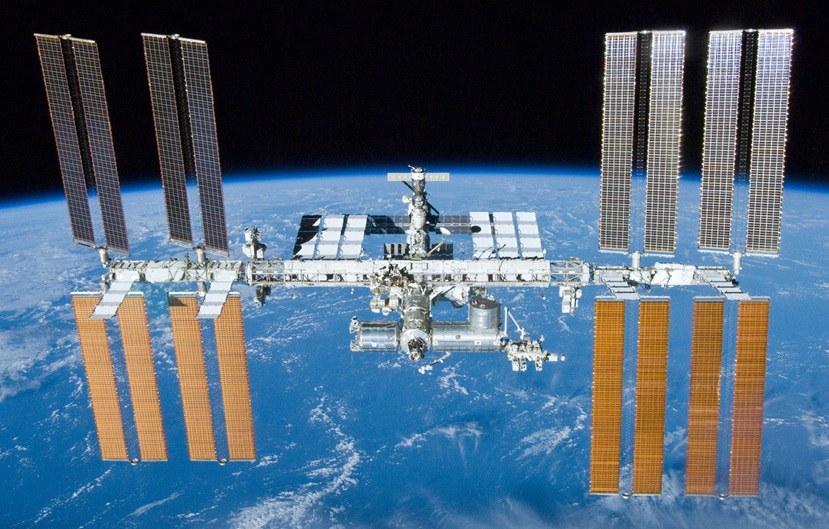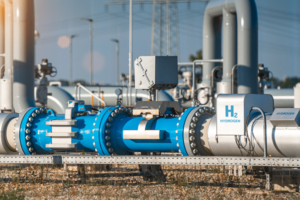In a cosmic plot twist worthy of a sci-fi epic, NASA announced that SpaceX will be tasked with guiding the International Space Station (ISS) to its fiery demise. Yes, the very same Elon Musk-led company that’s been launching rockets and dreams into space will now also shepherd the ISS to its grand finale.
NASA has signed an $843 million contract with SpaceX to create the “U.S. Deorbit Vehicle.” This spacecraft will be specifically designed to ensure the ISS, which has been orbiting Earth and hosting astronauts since 2000, makes a controlled reentry into our atmosphere. By 2030, this space lab will be no more, transformed into a spectacular, albeit controlled, meteor shower.
NASA’s press release emphasized the importance of a controlled deorbit to avoid any risks to populated areas. The precise design details of SpaceX’s deorbit vehicle remain under wraps, but it’s clear the task is both monumental and delicate. No word yet on whether this new vehicle will be an adaptation of SpaceX’s Dragon capsules or something entirely new. Both NASA and SpaceX have kept mum on the specifics.
The ISS is more than just a piece of hardware orbiting Earth; it’s a symbol of international cooperation and scientific progress. Since its inception, over 3,300 experiments have been conducted in its microgravity environment, advancing fields such as medical science and technology. However, age has caught up with the station, with increasing issues like microscopic leaks prompting NASA and its main partner, Roscosmos, to plan for its retirement.
NASA considered various alternatives before deciding on the controlled reentry strategy. Options like disassembling the station in orbit or boosting it to a higher orbit with a larger spacecraft were evaluated but ultimately deemed impractical. While the station holds significant historical value, the technical and economic challenges of preserving or reusing it proved insurmountable.
Although the possibility of extending the ISS’s operational life beyond 2030 exists, it hinges on agreements with international partners. Meanwhile, NASA is looking to the future with its Commercial LEO Destinations (CLD) program, funding private companies to develop the next generation of space stations. The goal is to replace the ISS with privately built stations that will operate at a fraction of the cost. Considering the ISS cost about $150 billion to develop and $4 billion annually to maintain, this is a financially savvy move.
As the ISS nears its final years, the legacy of international collaboration and scientific discovery it leaves behind will endure. SpaceX’s role in guiding the ISS to its end marks a new chapter in space exploration, one where private companies play an increasingly pivotal role. So, as we look up at the night sky, we can remember the ISS not just as a laboratory but as a stepping stone to the future of space exploration.
(Source: NASA | USA Today)









